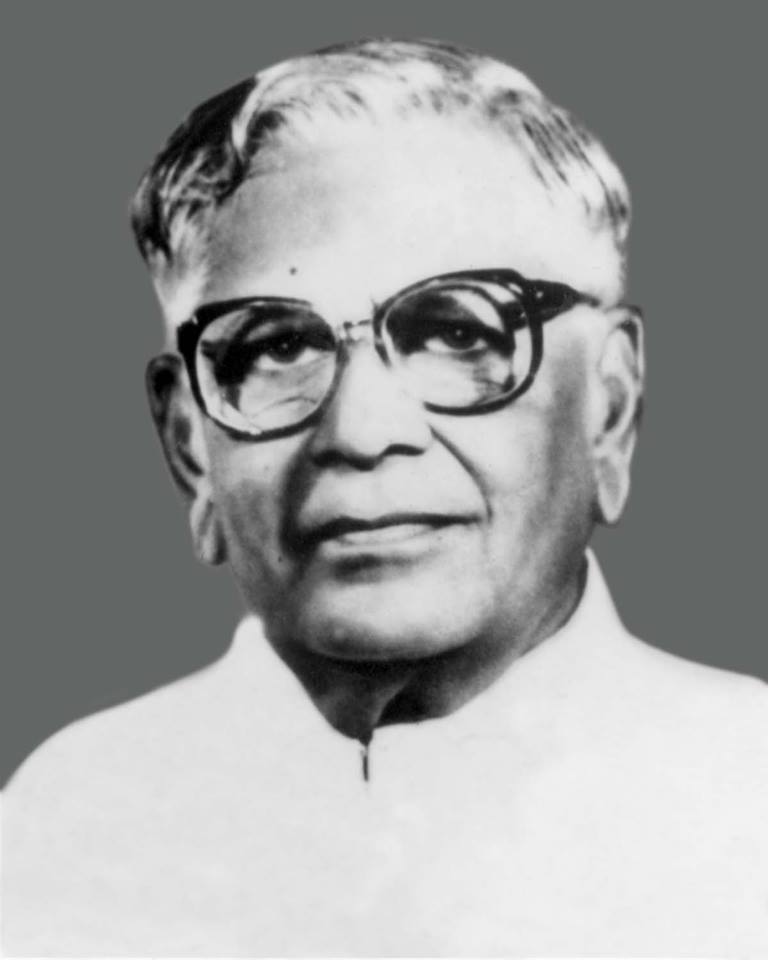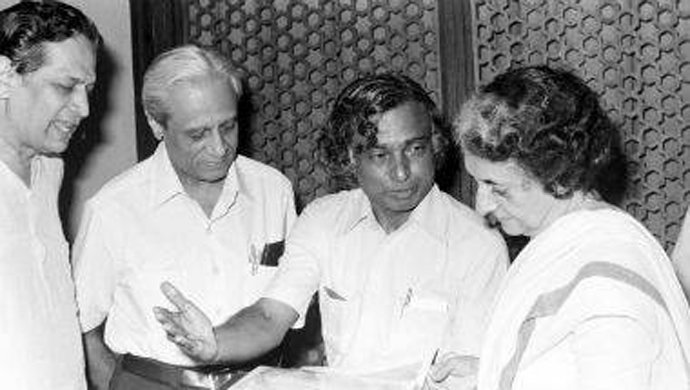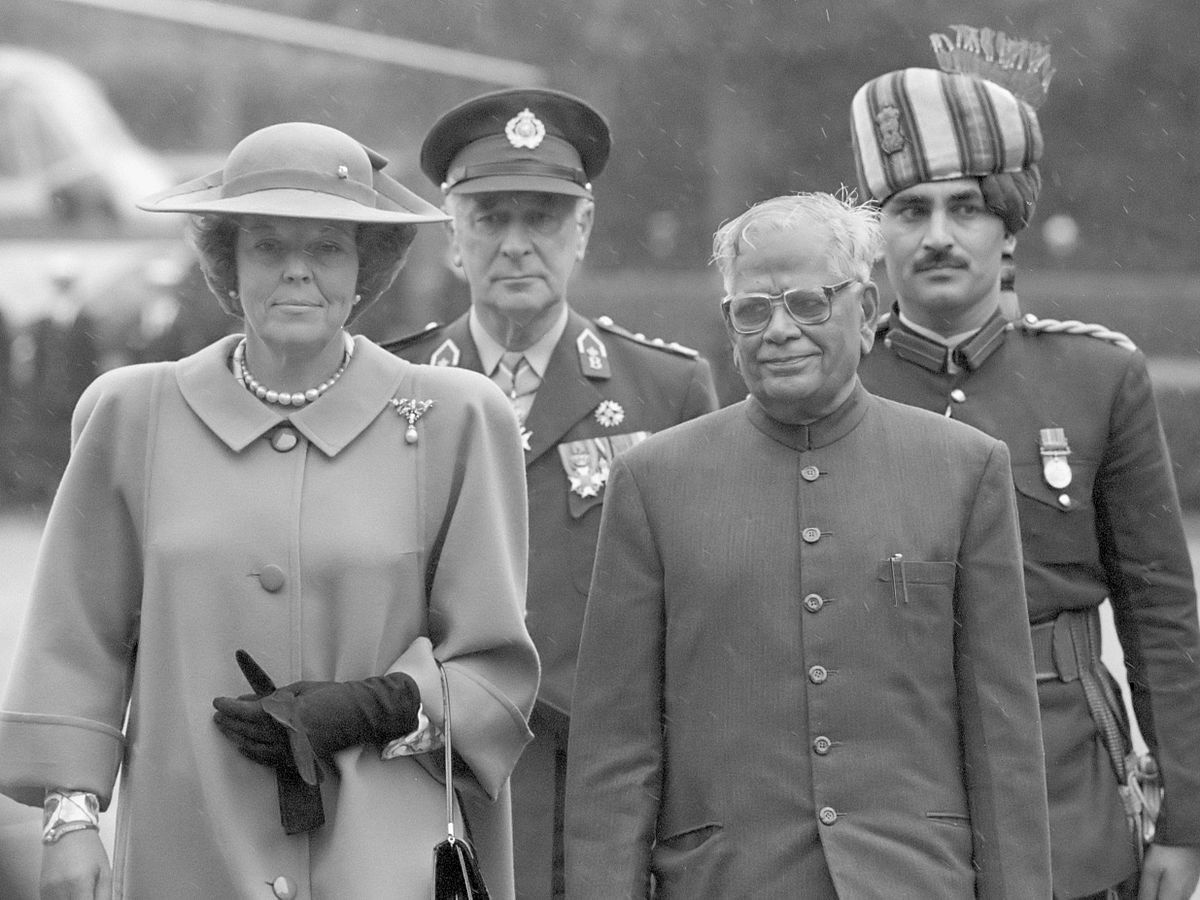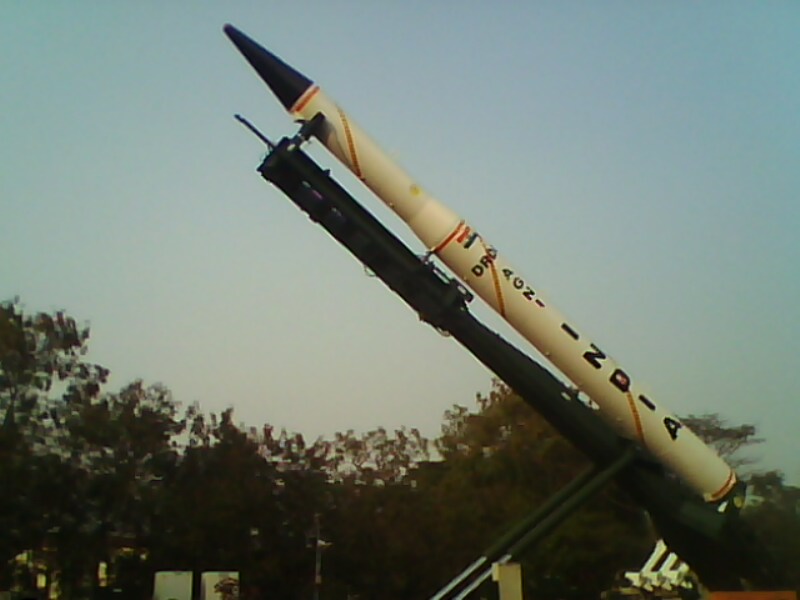How Our 8th President Paved The Way For India’s Successful Missile Programme
Without R Venkataraman's vision, India may not have developed such a strong indigenous missile system — in fact, he was the one who helped Kalam become India's Missile Man! #BirthAnniversary

Daulat Singh Kothari, the scientific advisor to the Defence Minister from 1948 to 1961 and Father of Defence Sciences in India, made a critical observation in 1958.
Ballistic missiles, he believed, posed a grave threat to not just India, but all humanity for they are capable of carrying nuclear warheads that can devastate entire countries.
His warnings set the ball rolling for the establishment of the Defence Research and Development Organisation (DRDO) to streamline indigenous defence-related research and manufacturing.
Today, India has a wide range of ballistic missiles in its arsenal under the Agni, Prithivi and Dhanush classes to name a few.
But India only began seriously considering the idea of strengthening its missiles system in 1979, when a Ministry of Defence-led committee under then DRDO chairman Raja Ramanna came up with the concept of an Integrated Guided Missile Development Programme (IGMDP).
However, it was in 1982, under the then Indira Gandhi government and Defence Minister Ramaswamy Venkataraman, when the DRDO’s missile programme really took off.

Prime Minister Gandhi was adamant that instead of taking the import route, India must develop its own indigenous missiles system. There were past attempts at developing an indigenous missiles system, but the necessity of war, lack of a proper supply chain system and focus often stalled their progress.
All that changed in April 1982, when the Centre set up a Missile Study Team under the leadership of rising DRDO star and future President APJ Abdul Kalam, who was appointed Director of Defence R&D Laboratory.
Credit for bringing APJ Abdul Kalam to develop India’s missile systems lies with the then Defence Minister R Venkataraman, who transferred him from the space to the defence programme.
Under the chairmanship of Kalam, this study team conducted an in-depth top-secret analysis of India’s missile requirements and shared their inputs with the defence ministry and armed forces.
The real turning point, however, came during one such meeting in the autumn of 1982.
Present during this high-powered meeting was Prime Minister Gandhi, Defence Minister Venkataraman, all three service chiefs, principal secretary to PMO, a Cabinet secretary, DRDO chief VS Arunachalam and Abdul Kalam.

Kalam recommended “the phased development of five missiles – the Trishul and Akash surface-to-air missiles; the Nag anti-tank missile; the Prithvi short-range ballistic missile; and an Agni technology demonstrator to validate re-entry technology,” according to noted defence analyst Ajai Shukla, writing for the Business Standard in 2013.
Despite appreciating the vision Kalam was laying down, Venkataraman did not believe in a “phased programme”, and instead pushed for the simultaneous development of all missile programmes.
Prime Minister Gandhi approved the recommendation, and the IGMDP received formal sanction on July 27, 1983, at the DRDL, with funds earmarked until 1995.
Kalam was to lead this effort as Chairman of the Programme Management Board.
Joining Kalam in this endeavour were two other brilliant scientists VK Saraswat and Avinash Chander. While the former lead the development of navigation and guidance system, the latter oversaw the propulsion development.
Former DRDO chairman VS Arunachalam lucidly presents the challenges that the DRDO team worked under and yet produced results like the IGMDP in the following words:
“What remains in my mind after so many years… (is) enormous pride in our building the necessary critical technologies, in the midst of embargoes and denials; and these projects were not easy and these roads were less travelled and painfully hard. Global meetings between scientists were forbidden (to Indian scientists), commercial and committed orders were cancelled and professors from our academies were denied visas to attend scientific conferences and political pressures were applied to cancel the projects and programmes.”

India has developed missile systems “capable of striking anywhere in Pakistan, and most of China, another regional rival, in the last two decades,” according to this New York Times report.
Credit for this goes to not just the scientists at DRDO led by Kalam, but also the former lawyer and then Defence Minister R Venkataraman, who used his political authority to present a vision that has kept Indian defence systems in good stead for years to come.
Venkataraman was a man with a huge legacy. He actively took part in the freedom struggle (suffering two-year detention in prison for his activism in the Quit India Movement of 1942). He defended Indian nationals charged with collaborating with the Japanese during World War II in Malaya and Singapore in 1945.
He served in the Constituent Assembly and later served multiple terms in the Lok Sabha. He was appointed as Minister of Industries and eventually Finance before his tenure in the Ministry of Defence.
Clearly, Venkataraman understood the needs of this polity at a level not many politicians could.

Following his tenure in the defence ministry, he served both as Vice-President and President, where he worked with four prime ministers in just five years.
On his birth anniversary today, we would like to celebrate R Venkataraman and his contribution to strengthening India’s defence.
(Edited by Vinayak Hegde)
Like this story? Or have something to share? Write to us: [email protected], or connect with us on Facebook and Twitter.
This story made me
-
97
-
121
-
89
-
167
Tell Us More
We bring stories straight from the heart of India, to inspire millions and create a wave of impact. Our positive movement is growing bigger everyday, and we would love for you to join it.
Please contribute whatever you can, every little penny helps our team in bringing you more stories that support dreams and spread hope.



















